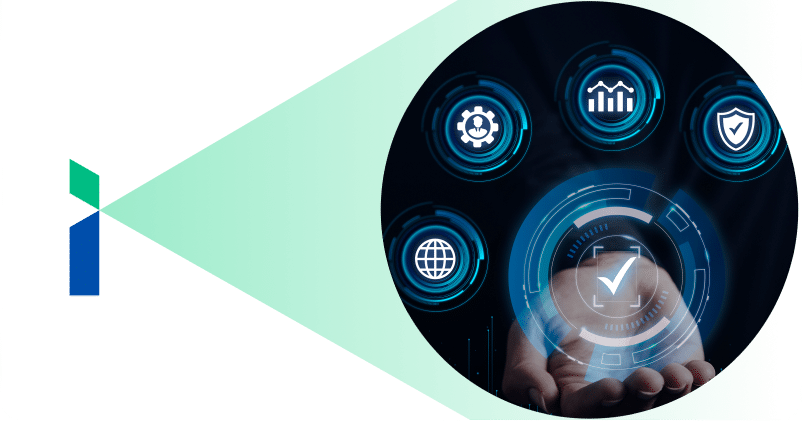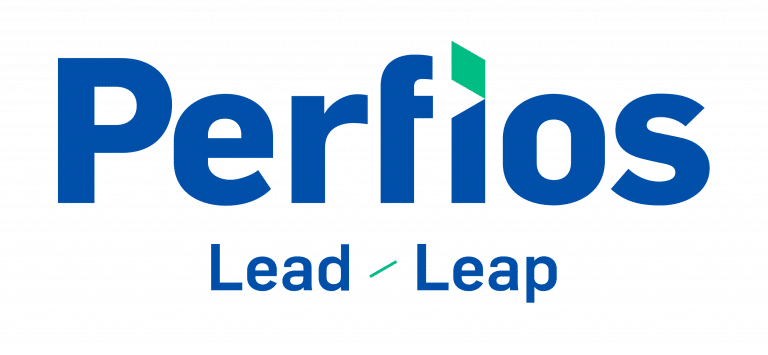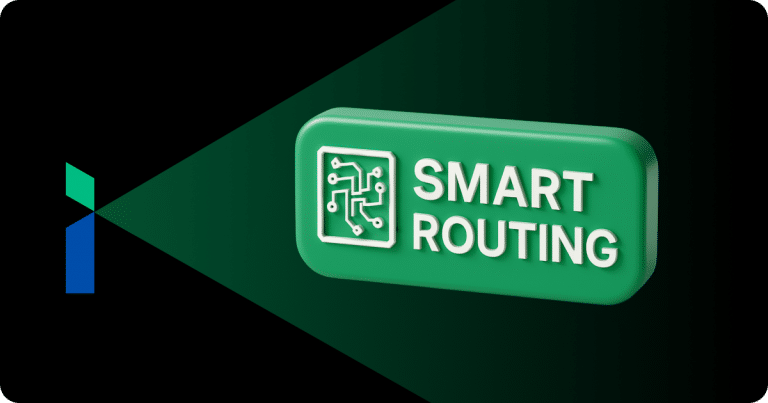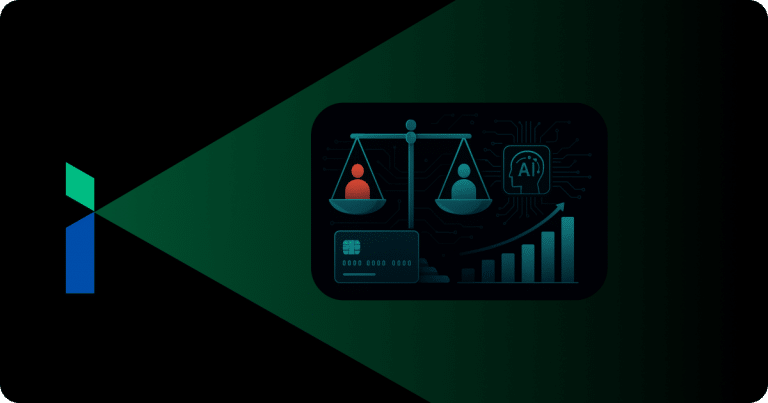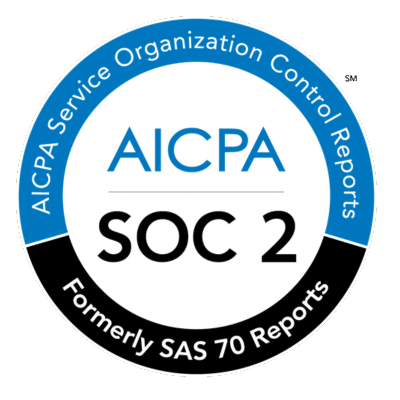Laxmi’s shanty shop, selling authentic Maharashtrian snacks and chai outside the main gate of Dadar railway station, is hard to distinguish from the crowd. However, what sets its owner apart is her ability to dream big and her entrepreneurial spirit!
As the nation battled a contagion when COVID-19 hit, many daily wage earners were rendered jobless. Despite her adversities, Laxmi refused to lose hope even as her employers did and stayed true to her testament of resilience
Today, as India is poised on the track of renewed economic growth, this small-time vendor continues to tussle with her struggles- she finds the courage and capital to keep her business going, one day at a time. All of Laxmi’s acquaintances have a bank account, and she also has one but she faces a challenge. Harangued by the lengthy processes and paperwork required for a small credit, she is unable to avail loans from banks as her documentation is not in alignment with the bank’s requirements.
“What good is the khata?” Laxmi wondered, “…if I have to go knocking at the doors of Lalaji-the loan shark who charges a daily interest of 1%, every time a catastrophe arises?”
As a New India begins to take shape around her, she only wishes that availing credit could have been as simple as paying for her snacks using a service she has heard some customers call “UPI”. Her problem is a common one that many small business owners & traders face across the country!
The Paradox
Laxmi’s predicament, however heart-wrenching, is representative of a major segment of the population that comprises the underbelly of the world’s fifth largest economy. It’s a rather baffling paradox that in a country where at least 78% (Source: Statista) of citizens above 15 have a bank account, only 27% possess financial literacy. Is this a mere anomaly, or does it indicate more structural issues with far-reaching socio-economic fallouts?
A TransUnion CIBIL study in 2022 paints a bleak picture, estimating that only 179 million or 22% of India’s adult population has access to credit, and 38% of the underserved consumers are not satisfied with the current amount of credit available. While such a situation has the potential to severely undercut social mobility at an individual level, things aren’t any better on the business front.
Like any country, SMBs are at the heart of India’s outstanding economic resilience and growth story, adding over 30% to the gross national income and acting as an employment generation engine. However, a study from RBI estimates that only 11% have access to formal credit, and 60% of all credit demand remains unfulfilled.
An Unmistakable Imperative for Change
The reasons for such poor credit penetration remain varied with FIs-from the unacceptably high cost of credit servicing, and inflated risk perceptions to the limitations of credit distribution channels. However, the reality of Laxmi’s story hits hard upon the realization that the financial dilemma is pushing millions of such applicants into the waiting arms of informal money lenders where annualized interest rates can be as high as 300%! While there remains little to imagine the damning social implications of such a status quo, a study conducted in Punjab indicates that informal lending practices could be the single most significant factor contributing to the rising farmer suicides.
Indeed, the credit goes to the Government of India for improving the overall financial inclusion stance in the country and elevating the state of life. The government has rolled out one revolutionary initiative after another, from PM Jan Dhan Yojna, PM Jeevan Jyoti, and Suraksha Bima Yojna, PM Mudra Scheme to Stand Up India scheme. While all of them were targeted towards achieving universal social security or improving credit access, it continued to hurt to be at the bottom of India’s socio-economic pyramid… until now!
Solving India’s financial inclusion puzzle makes it imperative to find solutions that are digital, agile, without boundaries, and empathetic to the plight of people at the grassroots, of which Laxmi is a mere representative. Fortunately, we now have an answer with the Account Aggregator (AA) and Open Credit Enablement Network (OCEN) frameworks.
India Stack: The Harbinger of Change
However, the AA and OCEN story starts with the prelude of the India Stack, a mission that started back in 2010. India Stack sought to build a set of APIs that allows governments, businesses, and developers to participate within an ecosystem characterized by paperless, presence-less, and cashless transactions to solve India’s future problems via digitization. Front-ended by iSPIRT, India Stack attempts to democratize data with security and realize the value of unique identity and seamless payment execution at an exascale heretofore not witnessed in the world!
The keel laying of the India Stack happened with the implementation of its first component – the Identity Layer, which involves the Aadhaar Project. Touted to be the world’s largest biometric ID system for almost covering 99% of its citizens, Aadhar has successfully attached a digital identity to every Indian, laying a robust foundation of a landscape where entities can be authenticated and public services can be consumed with simplicity.
While Paul Romer, the then Chief Economist of the World Bank, hailed Aadhaar as “the most sophisticated ID programme in the world,” the second component of India Stack, The Payments Layer, added to the punch by bringing the Unified Payments Interface or UPI to life. As India’s homegrown mobile-based payment system designed to ensure interoperability between money custodians, payment switches, and front-end applications, UPI opened a new frontier of digital convenience for every Indian. No wonder UPI’s value proposition of making money transfers fast and intermediary-free that has no equal anywhere else globally led to its exceptional adoption, shattering the record of 10 billion monthly transactions in August 2023.
AA & OCEN: Sustaining the Pace
The conjuring of Account Aggregators (AAs) and OCEN is intrinsically linked with the third or the data layer of the India Stack, enrooted in the Data Empowerment and Protection Architecture (DEPA). It seeks to devolve the ownership of public data to the citizens. The strategy for implementing DEPA is rooted in the principles of the Digital Personal Data Protection Act 2023. This groundbreaking legislation prioritizes the rights of Indian citizens concerning their personal information.
DEPA involves a digital system where users can give consent for sharing their data. Additionally, it incorporates Account Aggregators, which are RBI-regulated entities. These Aggregators ensure a secure exchange of financial data between the Financial Information Provider (FIP) and the Financial Information User (FIU) by using user consent as the primary mechanism.
The Open Credit Enablement Network or OCEN exists at the intersection of the developments powered by India Stack. It seeks to democratize credit access for every Indian by allowing platforms to connect with banking and non-banking institutions and replacing the old, costly, and time-consuming approaches of underwriting and loan servicing by streamlining them through digitization.
At the heart of OCEN lies a set of common standards and APIs that allows any lender, business, or marketplace to connect with and contribute to the digital credit ecosystem, expanding the credit delivery channel. This tight integration between lenders and Loan Service Providers (LSP), like e-commerce marketplaces that host the lending service channel in their environment, is a win-win proposition for all. For instance, a small business purchasing new machinery from an e-commerce platform can now choose between several creditors hosted there to apply for a working capital loan.
While this adds to the business volume and cost efficiency for both the platform and the lender, the small business owner no longer has to apply for credit the old ways, leading to a richer end-user experience! The entire transaction is paperless, instant, and consent-based, with the AA taking care of the secured channelization of data needed for loan underwriting between the bank of the borrower (FIP) and the lender (FIU). The funds can be disbursed almost immediately using authentication through Aadhar and transfer using UPI.
FinTech: Catalyzing Financial Inclusion
However, today, as India’s financial inclusion story unmistakably turns a new page, the Indian FinTech community, ranking third in the world after the US and UK, bears significant responsibilities. As the trusted Technology Services Providers (TSPs) for both lenders and LSPs, they are pivotal in successfully onboarding participants into the OCEN framework.
However, considering India’s broader economic context that is mobile-first, increasingly digitized, and now characterized by open availability of data and embedded services, thanks to AA and OCEN, the role of FinTech is expanding. Shifting from their conventional limitation as makers of digital products and services, FinTech can now ride on the tailwind and help FIs reach out to underserved communities across the country in ways that were not possible before.
Conclusion
As AA and OCEN throw open the possibilities of ubiquitous credit availability and consumption, as technologists, it’s upon FinTech to keep the momentum going by addressing the operational aspects like cost optimization, faster underwriting and decisioning, deeper service penetration, and richer end-user experience through innovation. The potential for positive disruption is immense in India’s socio-economic landscape, which is eager to embrace the benefits of a 5G world and slated to own 1 billion smartphones by 2026. AA and OCEN have already ignited the fuse, irreversibly reshaping where and how New India is set to consume financial services
There has never been a more opportune moment of emancipation for India’s credit underserved through ubiquitous and convenient access to credit. While India’s credit gap has been around for decades, ceaselessly engulfing the hopes and aspirations of dreamers like Laxmi, for the first time, the tables have turned with the power of data shifting to the people. Fintech will be playing a defining role in making the most of it. Undeniably, there has never been a greater incentive to change, nor did its prospects look so bright!
Check out our blog on the OCEN revolution to uncover how these trailblazing technologies are set to transform India’s financial inclusion initiatives.
